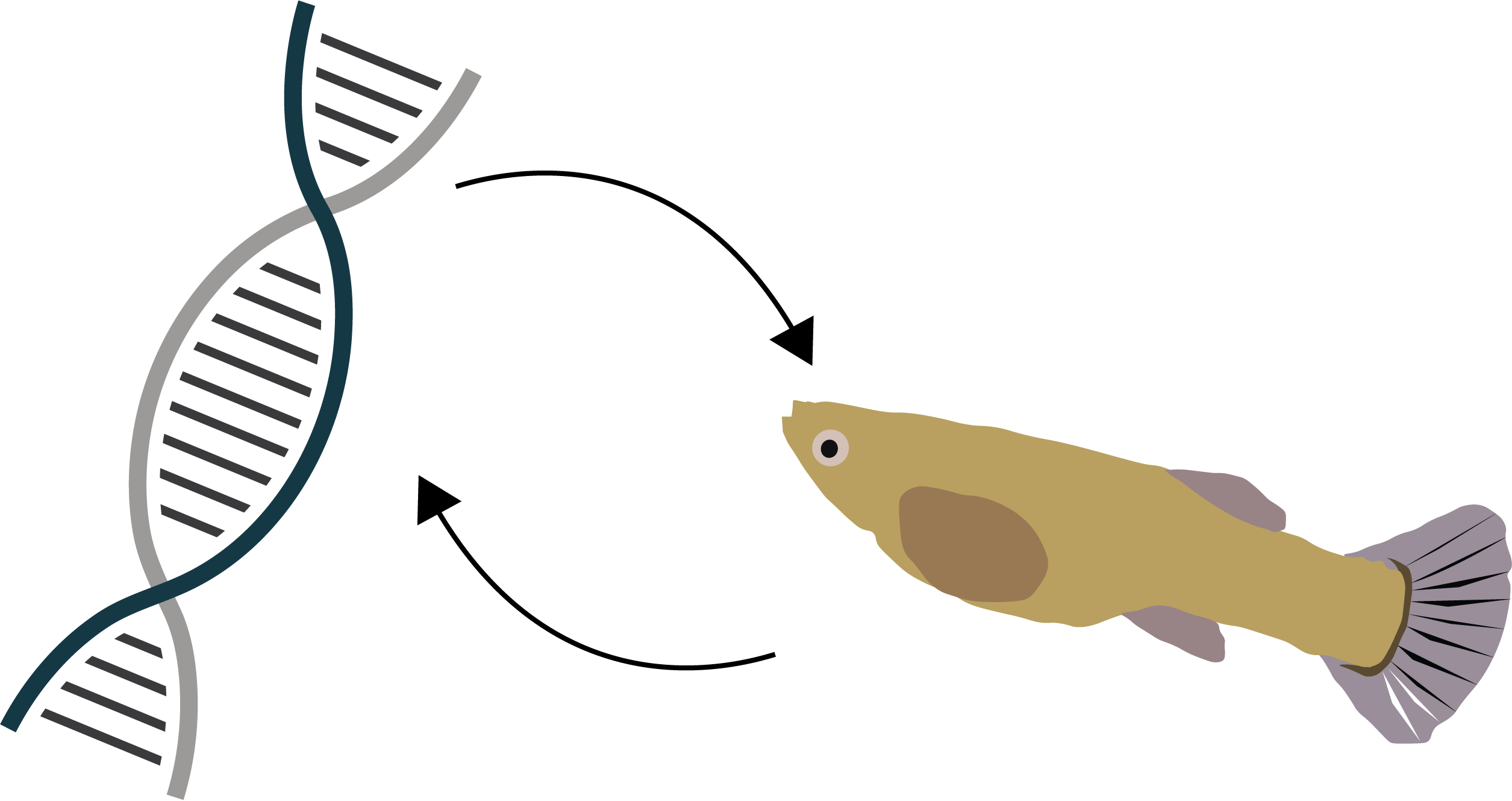Guppy colour learning
For guppies, colour factors into almost every aspect of their lives. It determines what a guppy will eat, who a guppy will mate with, and how likely a guppy is to be predated. Unlearned colour biases have been extensively documented within guppies, likely arising from the ecological and evolutionary importance of colour in guppy biology. However, it has not been demonstrated whether biases similarly influence what colours guppies learn about. In two experiments I documented consistent biases for green over blue in lab-reared wild-derived guppies. There’s some interesting literature implicating blue as a difficult colour for guppies to forage from as a result of constraints arising from either evolutionary or mechanistic constraints. More work would be needed to be sure.
This project is published as Toure, M. W., & Reader, S. M. (2021). Colour biases in learned foraging preferences in Trinidadian guppies. Ethology, 00, 1-12. You can read more supplementary details about this work at the website for the project at https://wyatt-toure.github.io/guppy-colour-learning/.
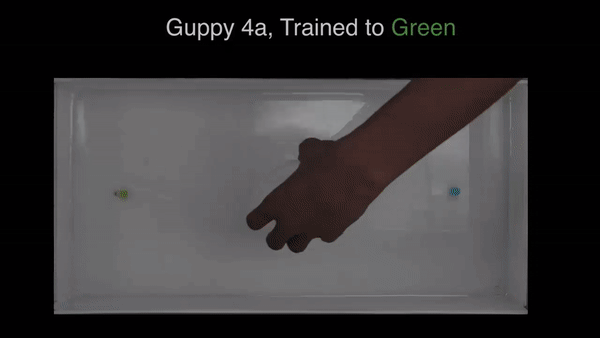
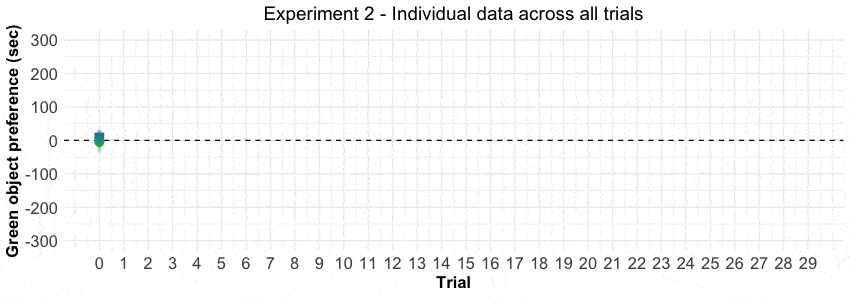
Automated behaviour quantification
My research involves collecting a lot of positional behavioural data but the manual collection of behavioural data can be time consuming and potentially prone to errors that are difficult to detect without repeating an already long process of manually measuring the positions of the animal. Automated tracking allows me to rapidly process behavioural data and obtain more detailed and reliable data.
To track animals automatically I use computer-vision scripts made via Python programming. A lot of software that tracks animals for researchers is either proprietary and expensive or very complex even though only a simple situation may be needed so I have put out a guide to making simple but powerful scripts which should be suitable for a number of common animal behaviour applications. The guide will be available soon.
![]()
![]()
Automated behaviour experiments
I supervised the Honour’s project of Beatriz Quineche. We (mainly Beatriz) designed an automatic experimental setup using a Raspberry Pi 4 and Python programming to automate the conduction of learning experiments in guppies. This was particularly useful given COVID restrictions meant lab access was limited — with this setup experiments could be conducted from home.
To validate whether learning was possible with this automated method, Beatriz conducted a simple proof-of-concept, classical conditioning learning experiment where fish would learn that a light stimulus predicts feeding time. We incorporated automated tracking to collect the data. You can learn more about this at the (currently incomplete) project site for the experiment: https://wyatt-toure.github.io/guppy-automated-learning-chamber.
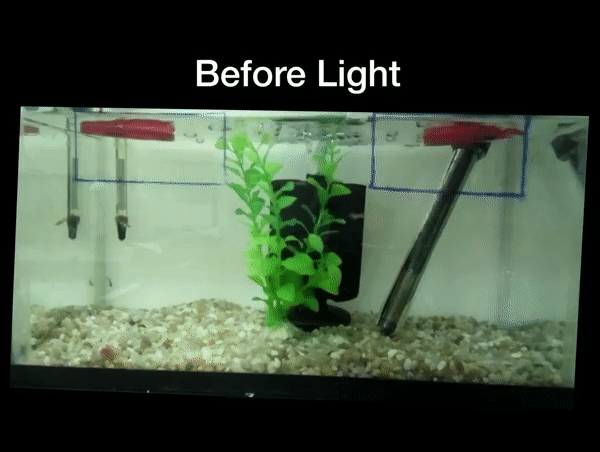
Experiential effects on exploratory behaviour
Trinidadian guppies have been observed to vary consistently in their exploratory behaviour, defined as their responses to novelty. Their exploratory tendencies also tend to be correlated across contexts so a guppy that explores objects typically also explores novel areas and prefers novel mates.
I am trying to examine whether there is a role for experience in the environment in shaping exploratory behaviour. Additionally, I am investigating whether there are impacts on behavioural plasticity due to behavioural correlations we observe across novelty contexts.
You can see an example of individual variation in guppy behaviour from some of my guppy data in the data animation to the right.
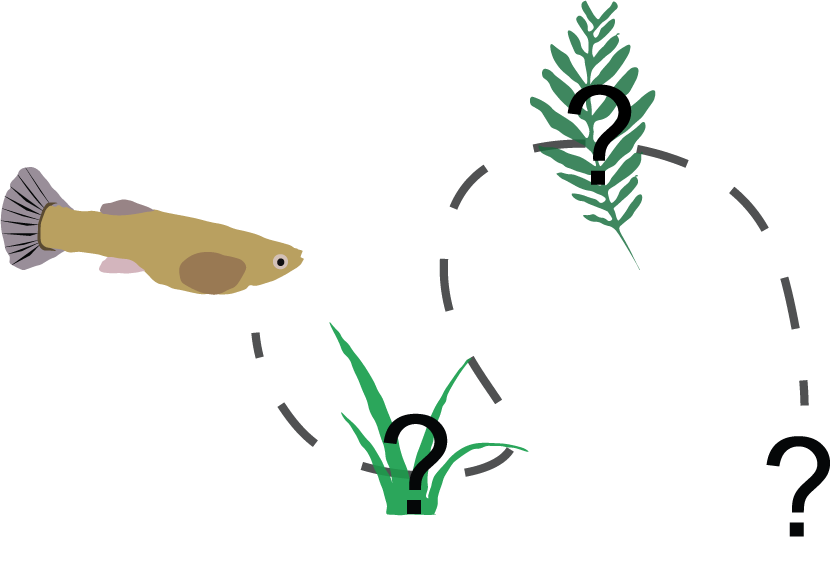
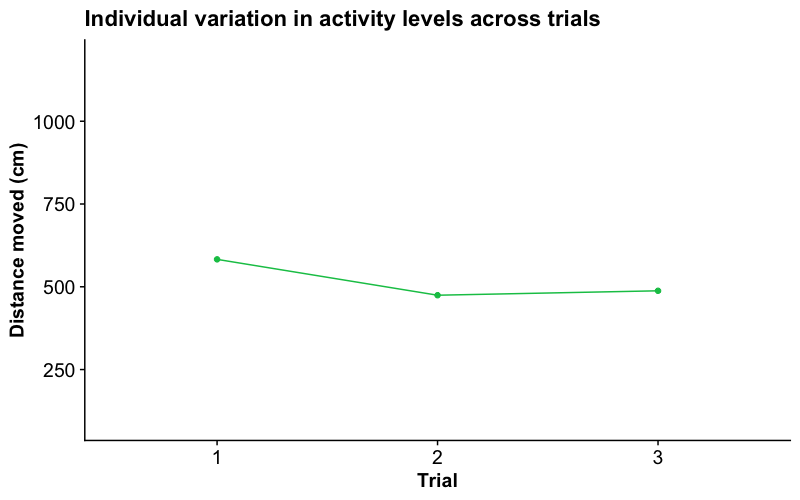
The genetics of brain size
In guppies, the expression level of a single gene, Ang-1 has been implicated in producing large brain size differences among guppy lines. However, this has only been demonstrated in guppies artificially selected for brain size. These changes in brain size lead to marked differences in cognitive performance with important consequences for reproductive success. However, it is unknown to what extent Ang-1 plays a role in natural brain size variation.
As part of an internship I am trying to determine whether natural variation in brain size can be explained by variation in Ang-1 expression.
